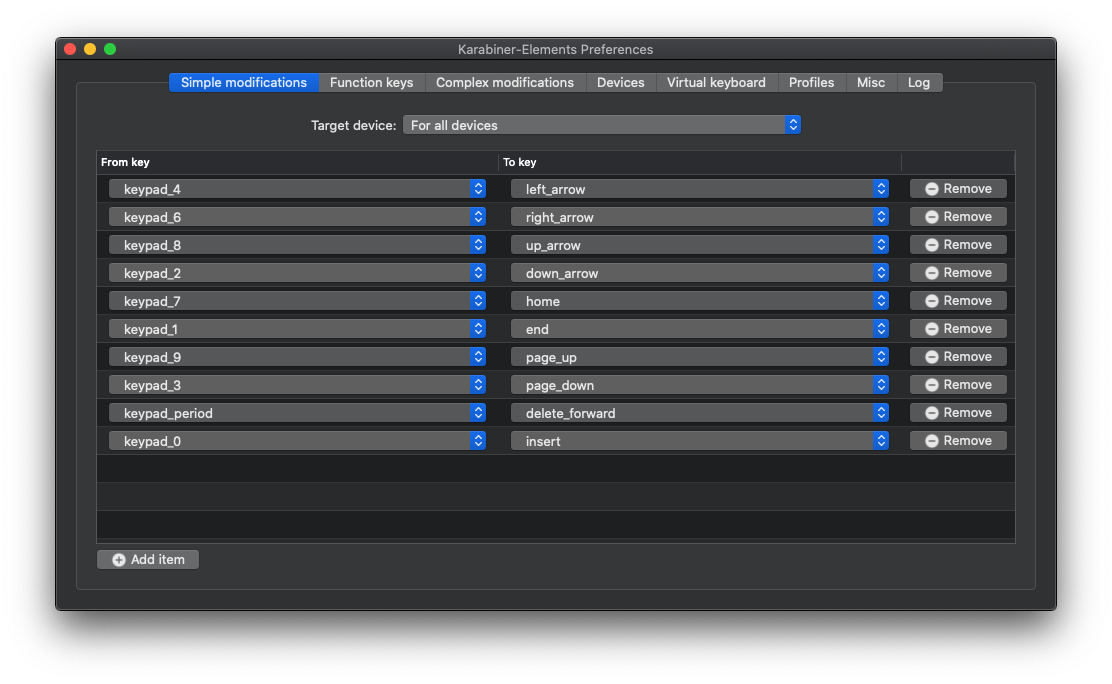Theoretically it can be:
git clone --recursive https://code.qt.io/qt/qt5.git --branch v6.1.0
or alternatively:
git clone https://code.qt.io/qt/qt5.git --branch v6.1.0
./init-repository --branch --module-subset=essential,qtandroidextras,qtsvg,qtquickcontrols2,qtgraphicaleffects,qtwebsockets,qtmultimedia
or
./init-repository --module-subset=all





